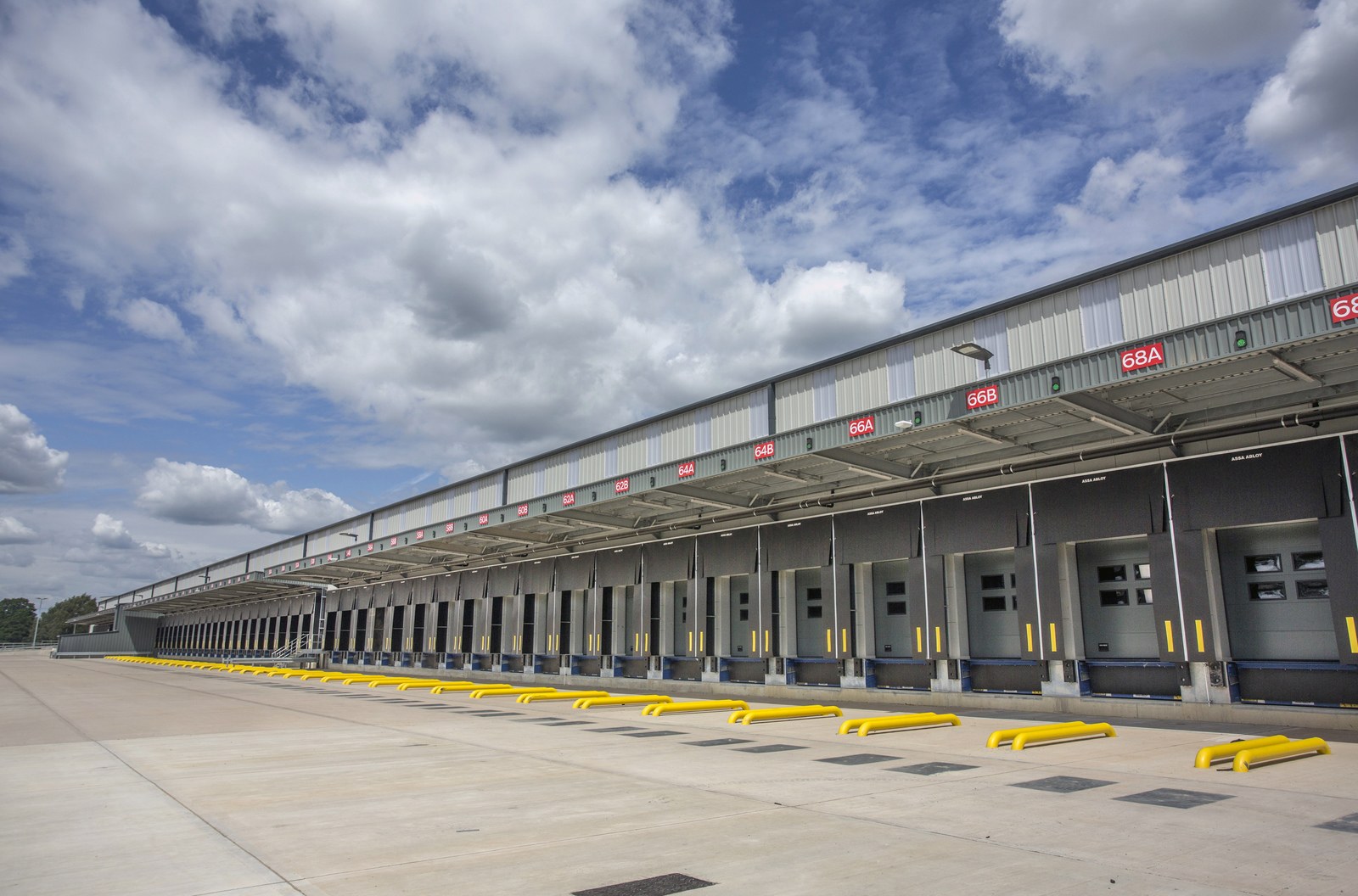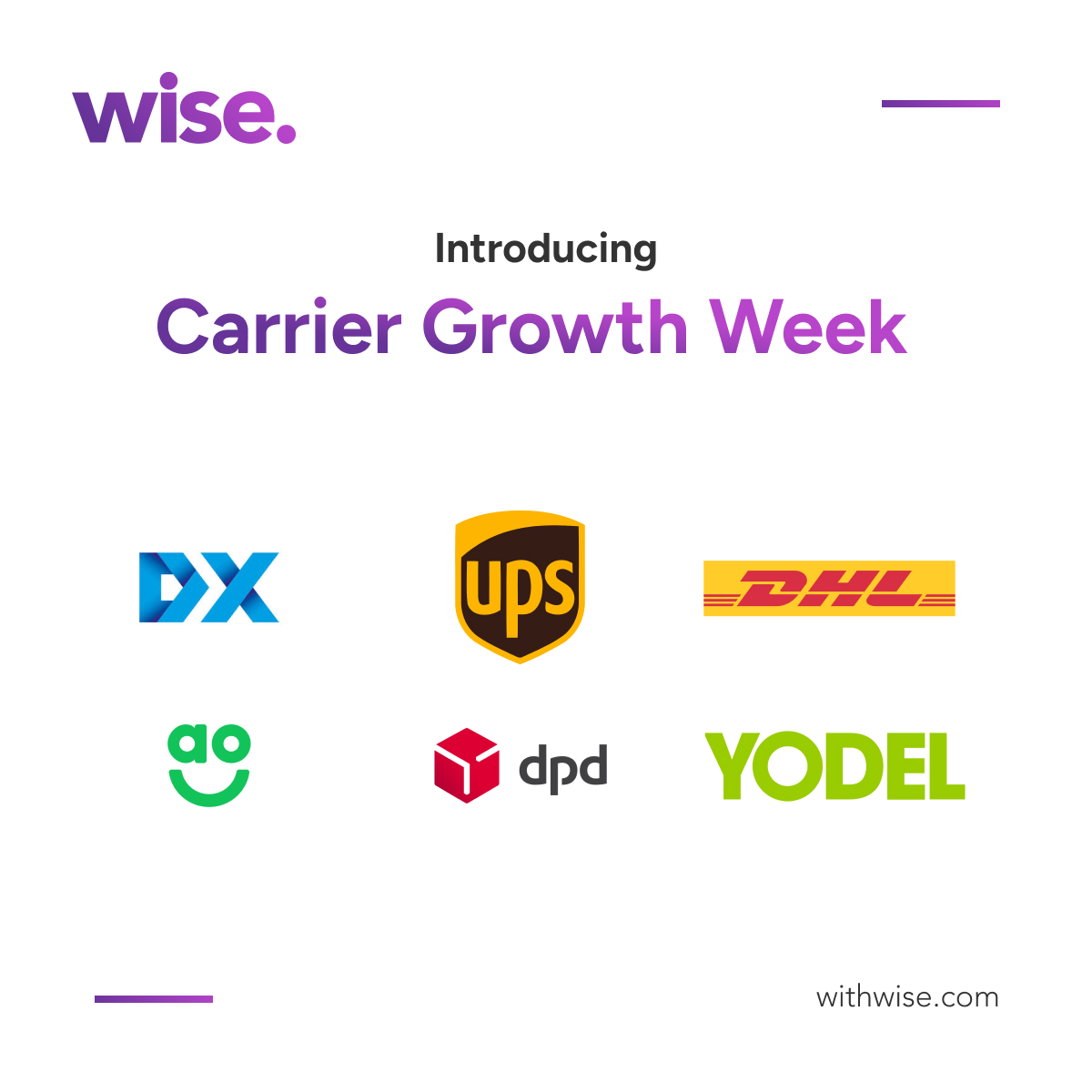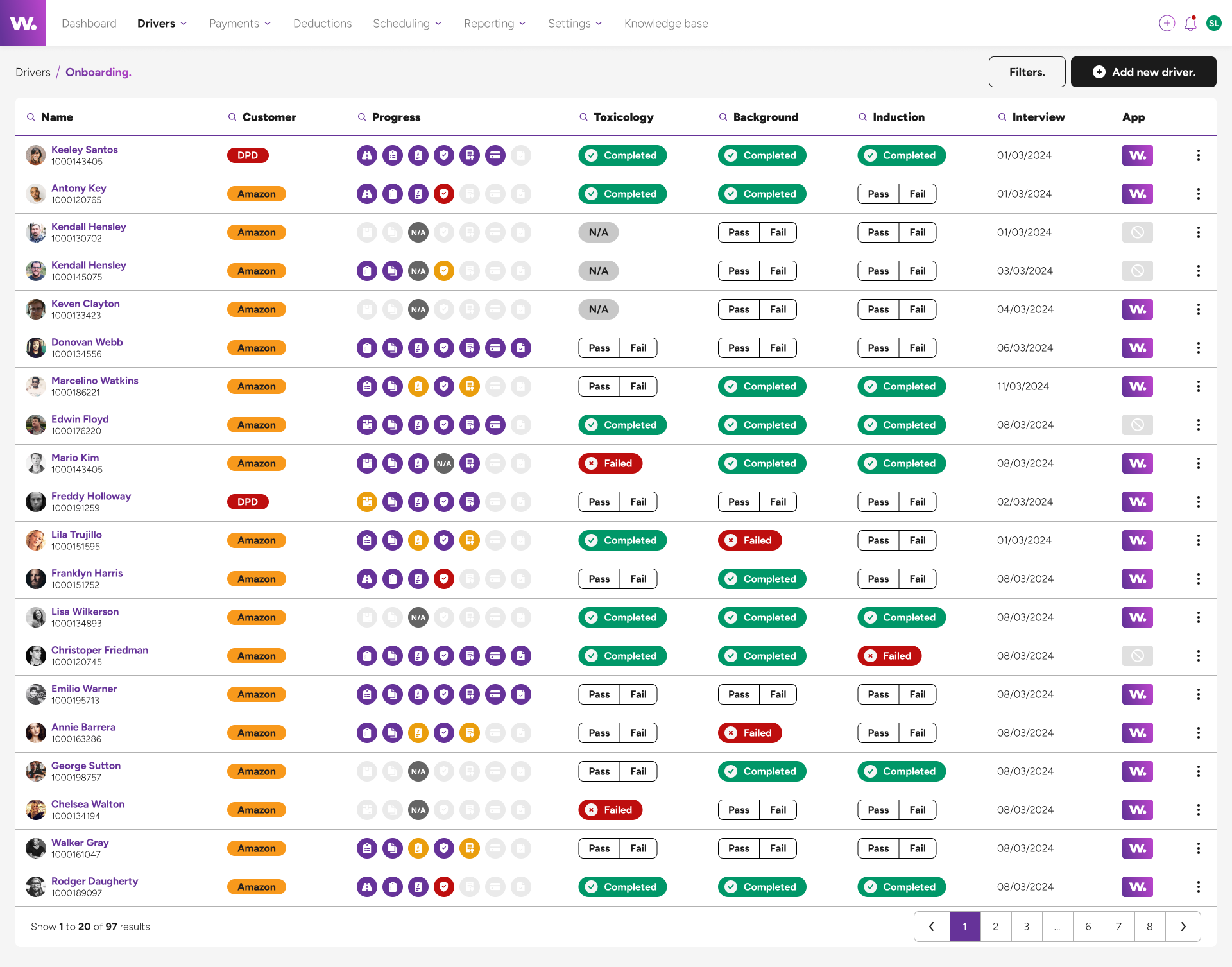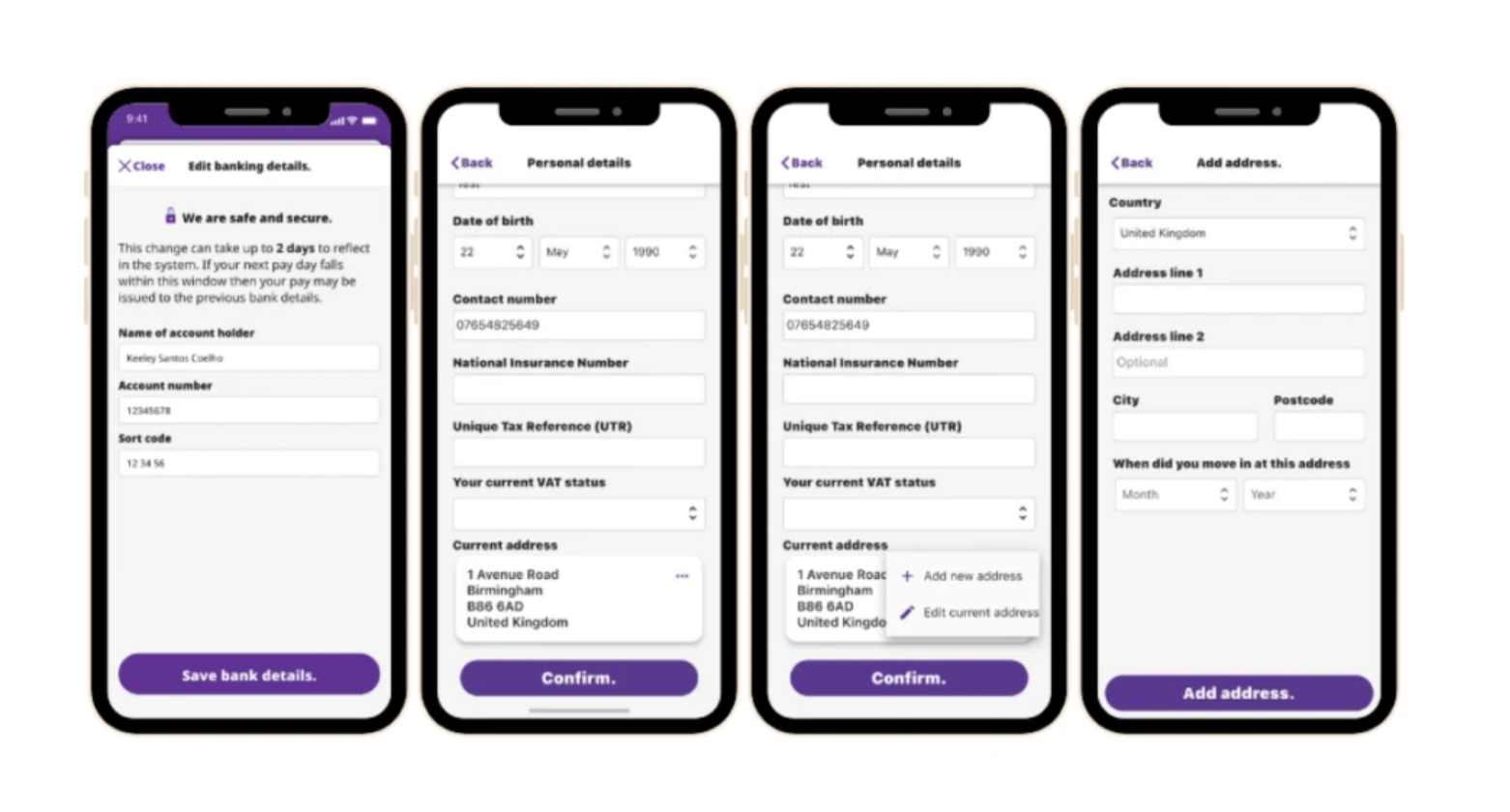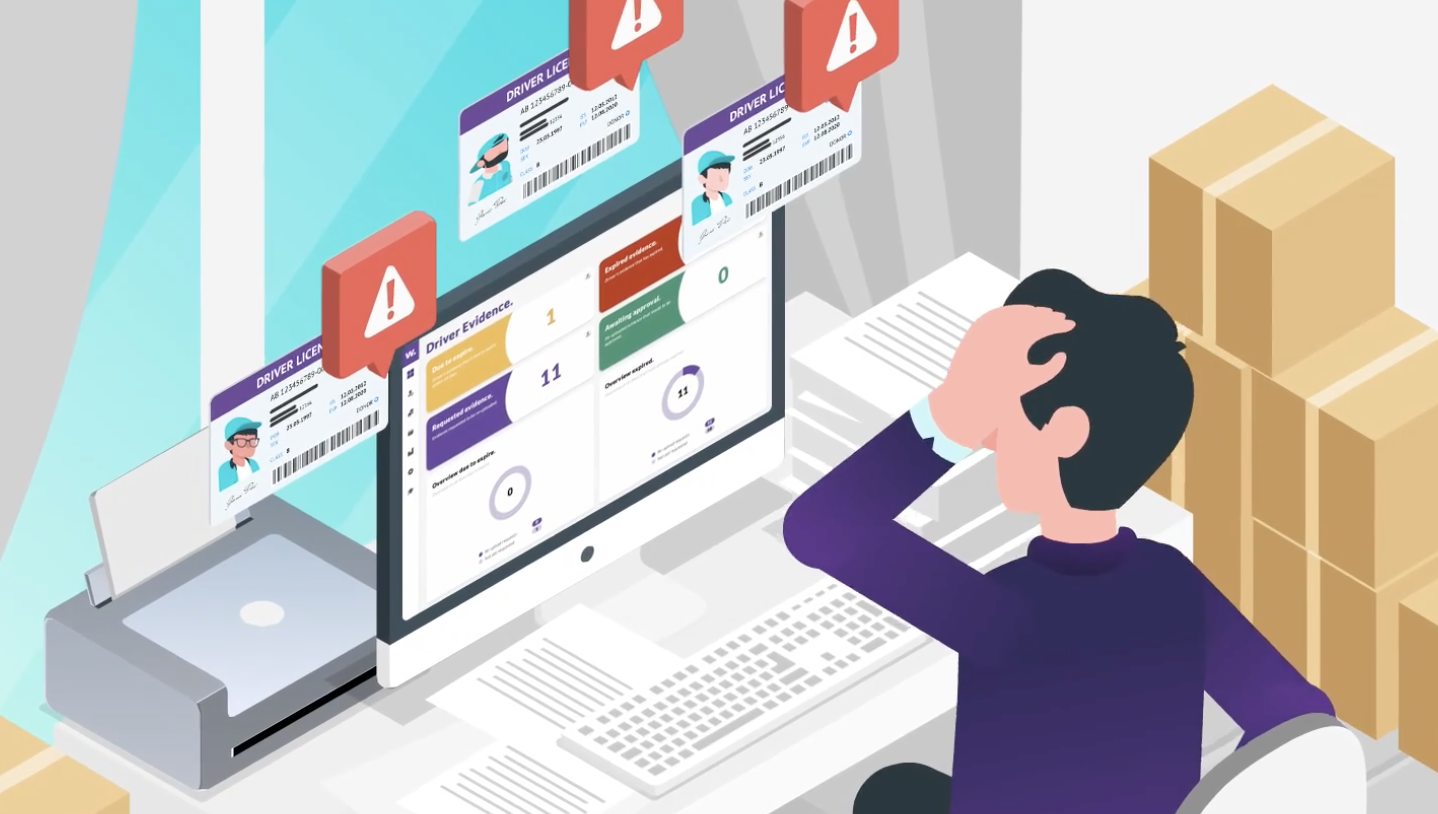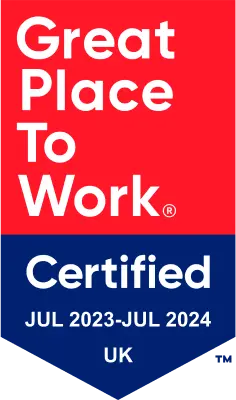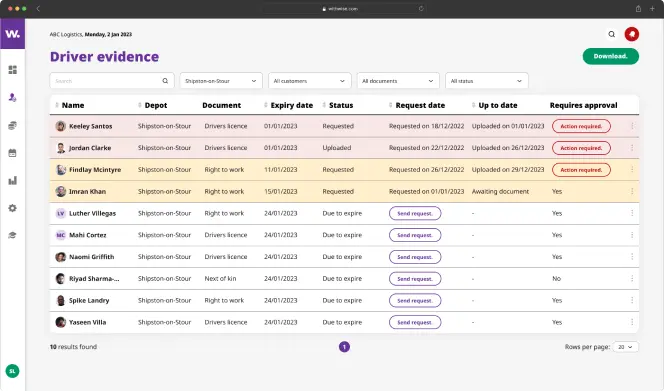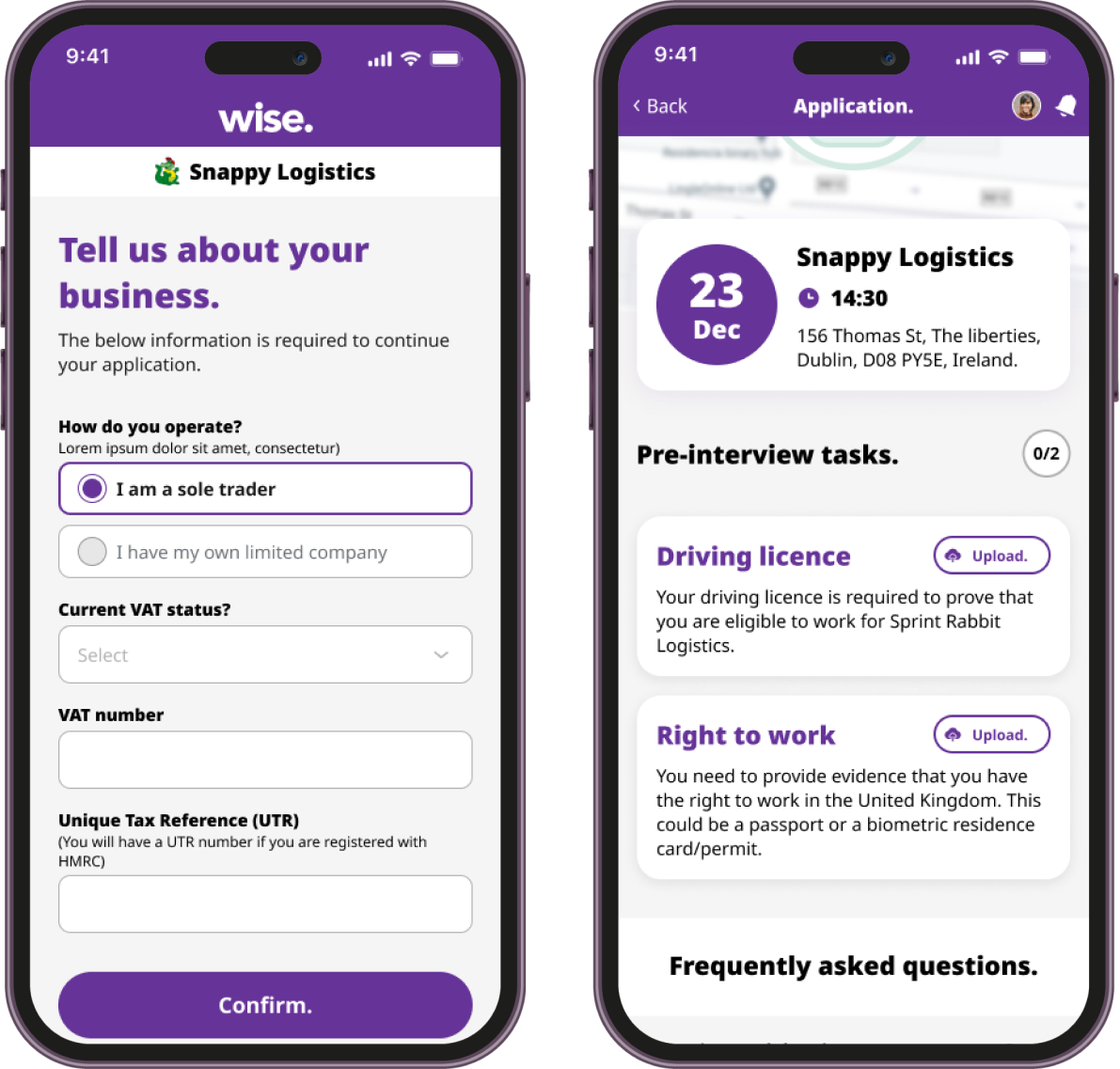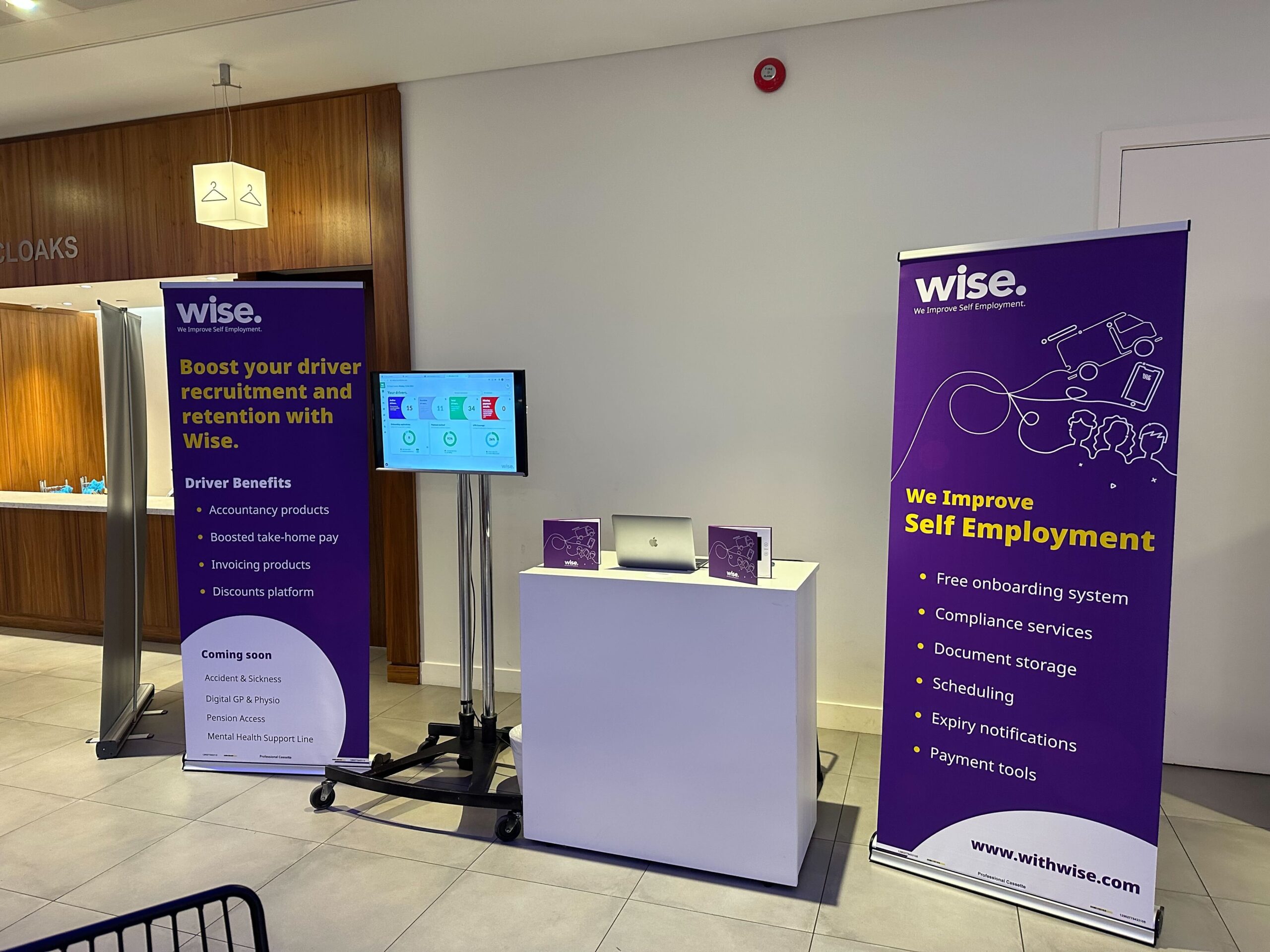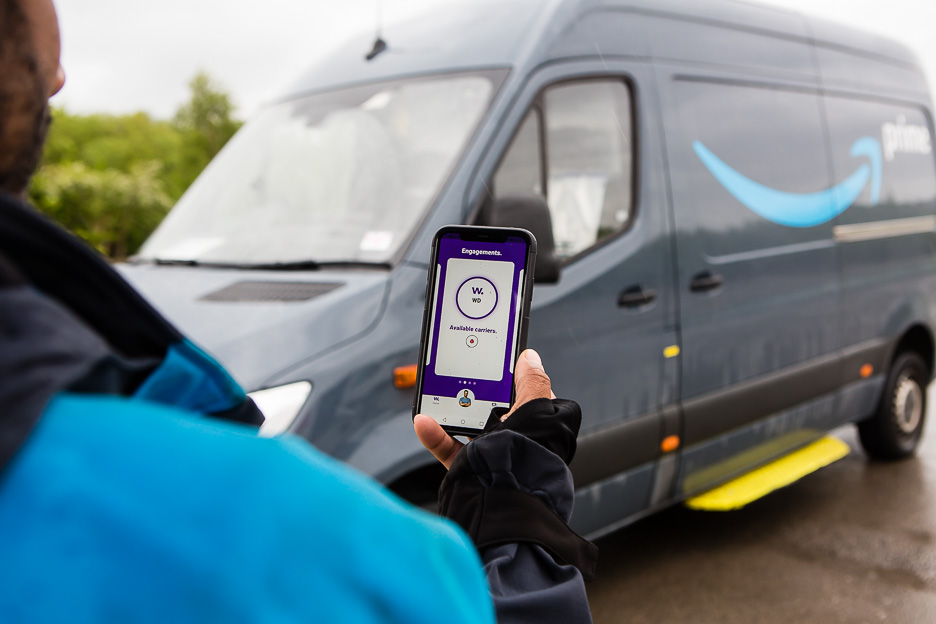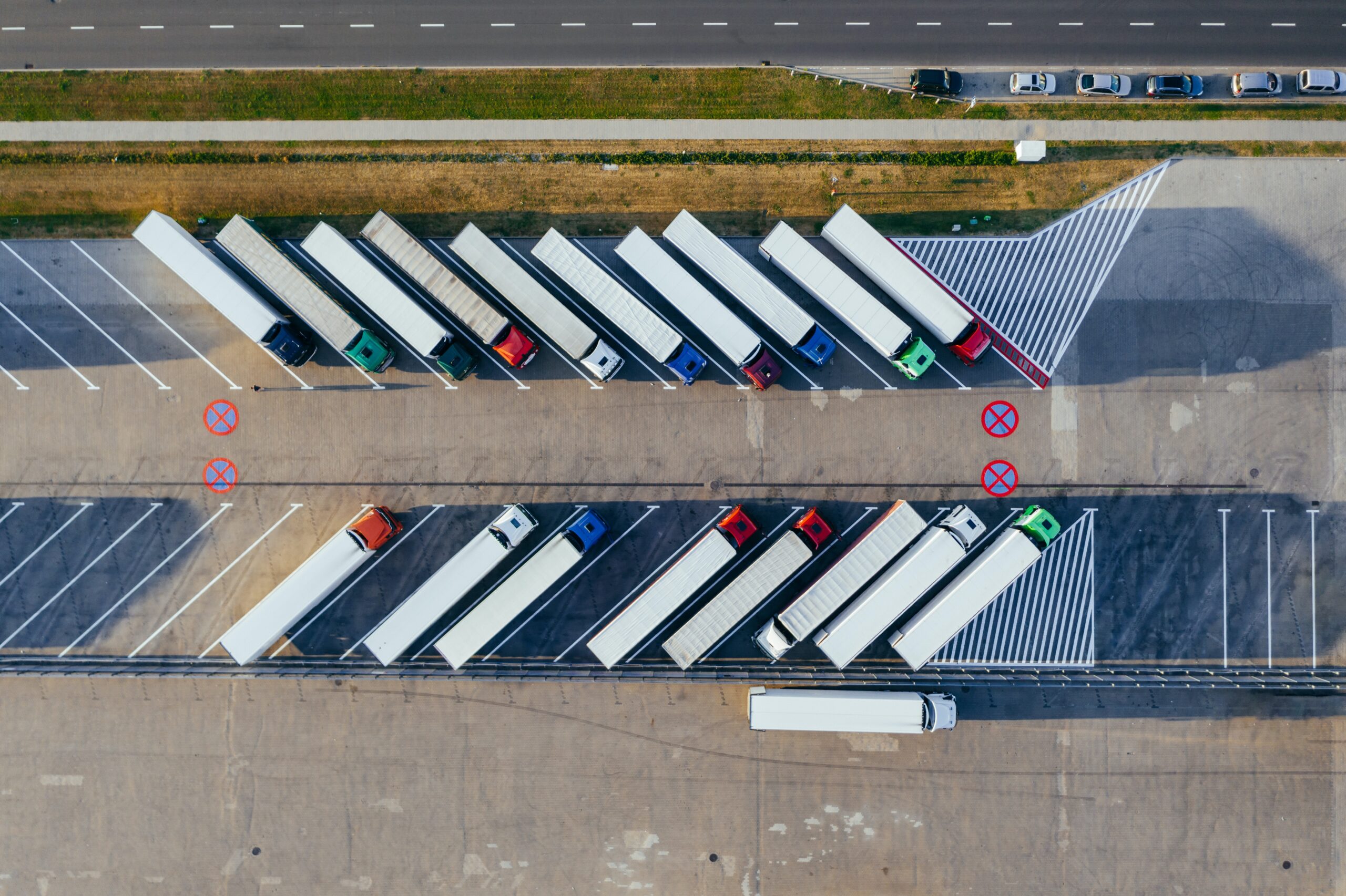
Peak season is rapidly approaching, and with Christmas just around the corner, making sure your logistics business is ready has never been more important.
Your success during peak depends heavily on how well you plan ahead. This includes accounting for things like whether you’ve secured enough drivers to manage the surge of orders, whether you’ve got strong communication, or if you have the right technology in place to keep everything running smoothly.
With UK eCommerce having grown an estimated 3.6% this year, and expecting it to increase more next year, delivery demand is only increasing. To stay ahead, logistics businesses need to be efficient and adaptable.
This guide aims to show you how to stay on top of the increasing workload and make this peak season your most successful yet.
Why preparing for peak is important
Last year, UK consumers spent an estimated £7.1 billion during Black Friday alone. Add Christmas and New Years into the mix, and it’s clear just how important peak periods are to logistics businesses.
But while the opportunity for growth is huge, so is the pressure. The spike in demand means more parcels, tighter deadlines, and higher customer expectations. A lack of preparation can quickly lead to delays, service issues, and disappointed customers.
With the right preparation, though, peak can be a major success. It has the potential to significantly boost both customer satisfaction and your business reputation. The key is ensuring you’ve got the drivers, systems, and communication processes in place long before the first parcel of the period needs to move.
How to prepare for peak in advance
1. Plan ahead with a strong peak strategy
A solid plan is the foundation of every successful peak period. The earlier you start forecasting, the better your team can respond to unexpected challenges.
To build your plan:
- Forecast your demand – Use data from previous years to estimate volume and delivery timelines.
- Assess your capacity – Check your current fleet, depot space, and staff levels.
- Build flexibility – Prepare contingency plans for weather disruptions, driver shortages, or system issues.
Starting early doesn’t just prevent chaos later, but it also gives you the time to fine-tune your operations and pinpoint where you’ll need extra support.
2. Strengthen your workforce with recruitment and retention
Once you’ve established clear forecasts, focus on ensuring you’ve got the team to handle the workload. Peak often requires additional subcontractors, so it’s crucial to recruit early to allow time for onboarding and training.
When reviewing your workforce:
- Recruit in advance – Onboarding drivers in advance helps to avoid last-minute shortages.
- Verify compliance – Ensure your subcontractors licences are up to date, their right to work checks are valid, and they’ve got the right insurance.
- Invest in retention – Keep experienced drivers onboard with better experiences and exclusive perks where possible.
Retention often comes down to support and engagement. With Wise, you can offer drivers access to perks such as 24/7 digital GP access, mental health support, and a host of retail discounts, all of which help to improve satisfaction and loyalty through the busiest periods.
3. Simplify operations with automation and technology
As your workload grows, manual admin can quickly become unmanageable. Automating repetitive processes not only saves time but also reduces errors and ensures every driver is ready to hit the road on schedule.
Here’s how you can streamline your key processes:
- Digitise onboarding – Move away from paperwork and spreadsheets where possible to reduce the risk of manual mistakes.
- Automated compliance checks – Track and verify driver documents automatically so you never miss another deadline.
- Keep your records in one place – Store all licences, contracts, and right to work evidence in one secure place.
- Allow self-onboarding where possible – Let drivers upload and manage their own documents, cutting out the need for endless back and forths.
With the right digital tools, you can cut onboarding time from days to minutes, helping you to stay responsive when demand spikes.
4. Stay compliant under pressure
During peak, compliance is often one of the first things to slip, despite being one of the most important things to maintain. Failing to keep documentation up to date can result in delays, penalties, loss of contracts, or even reputational damage.
However, there are a few effective ways that you can stay on top it:
- Go digital – Store driver records and evidences securely online for instant access during audits.
- Use e-signature technology – Send, sign, and renew contracts remotely in just a few clicks.
- Set automated reminders – Find software that alerts you in advance before your documents expire, helping you to stay compliant without constant manual checks.
The more you can automate, the less time you’ll spend chasing paperwork. This frees up time for you to focus on deliveries instead.
5. Communicate clearly and optimise delivery routes
One area that’s easy to let slip during busy periods is communication and route planning. They’re integral for keeping deliveries on schedule and maintaining smooth operations during peak, but they also take a lot of time and dedication to get right. However, it’s a worthy investment to make, as when teams are aligned and routes are planned efficiently, it prevents confusion and helps drivers perform at their best.
When you’re reviewing your communication and route planning for peak, consider the following:
- Keep communication clear and simple – Establish direct contact lines throughout the business, especially dispatchers and drivers. Quick updates resolve misunderstandings and prevent issues.
- Keep updates in one place – Use one shared platform to manage important updates, so everyone is kept in the loop.
- Optimise your delivery routes – Use technology to plan the most efficient journeys based on traffic and location build-up.
Good communication keeps your operations connected, while route optimisation ensures every mile counts. Putting these practices in place will help you to keep delivering on time even during your busiest periods.
Reflect and improve after peak
Once peak season wraps up, don’t just move on – take time to review. Analysing performance after each busy period helps you build an even stronger strategy for next year.
When doing a review of the peak period, ask yourself the following:
- What worked well? – Identify processes or tools that made a clear impact.
- What didn’t work as well? – Take note of processes that bottlenecked your operations, like subcontractor or vehicle shortages.
- Could your team handle the workload? – Gather feedback from drivers and staff to understand any challenges they faced.
- Was the onboarding process smooth? – If drivers found the process slow or confusing, look into potential things you could do to improve it.
This reflection is what will help you to turn experience into insights that you can use to improve your business and operations further down the line.
The ultimate driver onboarding checklist for peak
There’s more to preparing for peak than just keeping operations running smoothly. A big part of it is about making sure every new subcontractor is onboarded properly and ready to hit the road.
Onboarding can be time-consuming, and with so many moving parts to manage, it’s easy for details to slip through the cracks. This especially goes for the busiest seasons of the year.
That’s why we’ve created a complete driver onboarding checklist. It’s designed to help you stay organised and make sure every driver is fully prepared for routes across your logistics network with confidence.
Pre-onboarding
- Collect and verify all relevant right to work documents and licences for the driver’s role.
- Get all the necessary onboarding paperwork, contracts, and agreements signed.
- Have your new drivers undergo the relevant background and toxicology tests.
- Get the correct payment information for them.
- Send them an induction schedule if you have one.
First day
- Give the drivers a tour of the depot to get them acquainted with the layout.
- Set them up on any necessary digital tools or applications required for communication, navigation, and route scheduling.
- Let drivers know about any safety protocols, emergency procedures, or reporting processes.
How Wise can help you prepare for peak
Wise is built for the logistics industry, aiming to make onboarding, compliance, and payments easier for businesses managing seasonal demand.
With Wise, you can:
- Onboard drivers in under 10 minutes with self-onboarding.
- Digitally collect and verify documents, reducing admin time by up to 17 hours a week.
- Track expiring documents with automatic reminders.
- Send and renew contracts remotely using integrated e-signature technology.
- Offer drivers exclusive perks to improve retention during peak periods.
In a season where every minute counts, Wise helps logistics teams stay organised, compliant, and ready to deliver.
Cut the paperwork,
keep the drivers.
Faster onboarding means more drivers on the road and less time wasted on admin. Wise helps you scale faster without the growing pains.








